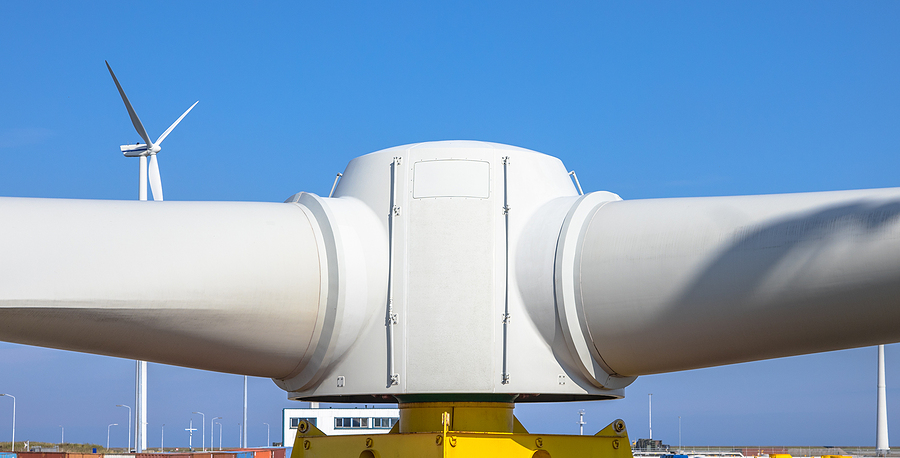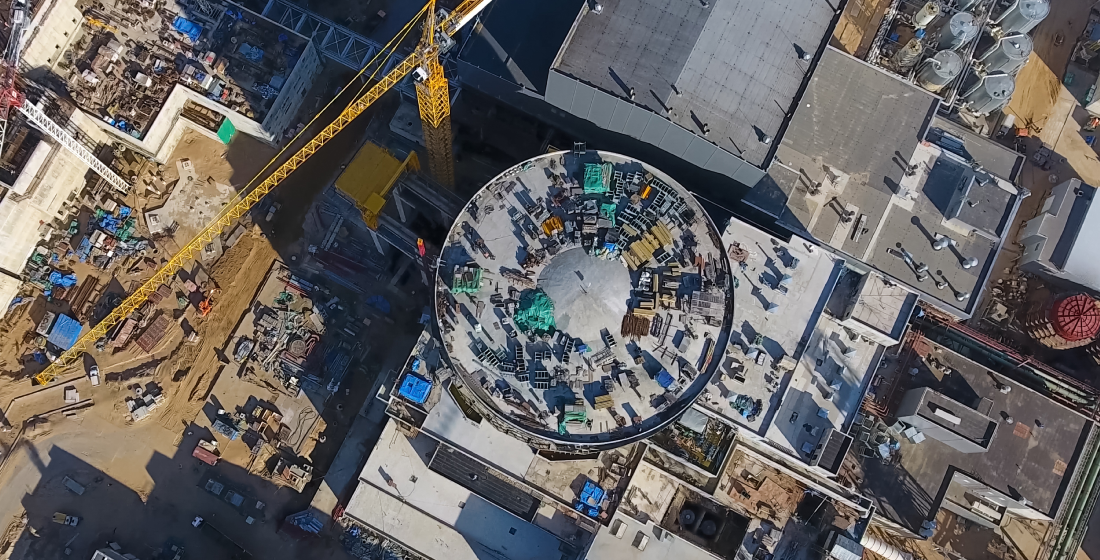Baltic Power: A blended finance first for Poland
The global backdrop to wind has been looking shaky of late. Project financing backing the Baltic Power project has just signed – but the rest of the first wave of Poland’s embryonic offshore wind sector is facing delays. The country originally promised as much as 28GW by 2050 but the chances of success now look mixed due to inflation and critical cost increases.

Offshore wind has been hitting some global speed bumps. Climbing costs along supply chains have led to multiple US projects being renegotiated by developers, Siemens to report a net loss of €2.9 billion in Q2 2023 citing its offshore wind operations, and Vattenfall to write down SEK5.5 billion ($503 million) invested so far in the Norfolk Boreas development in the UK rather than continue with the project.
Despite cost problems hitting projects in multiple jurisdictions, Poland is pushing ahead with developing the sector. Anna Kukaszweska-Trezciakowska, undersecretary of state for climate and environment, announced in April that the government plans to hold four competitive support auctions in 2023, 2027, 2029, and 2031. The new plans have upped the installed capacity goals for the second wave of Polish offshore from 5GW to 12GW.
The first wave of Poland’s offshore wind revolution began in 2021. While the country’s ambition seemed bullish – like having 5.9W of installed offshore wind capacity by 2040, with 10GW awarded by that time, as well as 28GW installed by 2050 – there was cautious market optimism about the sector’s ‘immense potential’.
Poland’s first wave
Eight wind farms received contracts for difference (CfD) from the Energy Regulatory Office in 2021. PGE and Orsted’s 1.5GW Baltica II and 1GW Baltica III was awarded CfDs in April, Equinor and Polenergia’s 1.5GW Baltyk I and 720MW Baltyk II & III projects, awarded in May, and Northland and PKN Orlen’s 1.14GW Baltic Power, was awarded in June. Smaller projects awarded CfDs include RWE’s 350MW Baltic II project, which has already secured a grid connection with PSE (the transmission systems operator), and the 369.5MW Ocean Winds, a joint venture between EDP Renewables and ENGIE.
EIB approved €700 million in financing for Baltica III, but sources have revealed that financial close has been delayed by a year after originally being scheduled to finalise by the end of 2023. PGE is working to partially debt finance its commitments with hopes the lenders will account for some 70%, and Orsted will equity finance its half of the costs. The sponsors have now decided to move forward with Baltica III ahead of II and it is not yet clear if the delay to Baltica III will have any bearing on Baltica II’s timeline, which was originally planned to reach financial close in 2024.
A similar fate has met Equinor and Polenergia’s farm. The final investment decision for the Baltyk II and III wind farms was, until mid-September, scheduled for 2023, enabling the supply of first electricity to the grid in 2026. This has since been updated on the project site to 2024, with grid supply planned for 2027.
Baltic Power's positive signs
Of the eight Polish offshore wind projects, only Baltic Power is expected to reach financial close this year – expected in the coming weeks following signing of credit agreements in mid-September.
Baltic Power is co-owned by Poland's PKN ORLEN (51%), and NP Baltic Wind, an indirect, wholly owned subsidiary of Canadian independent power producer Northland Power.
The €4.2 billion construction-plus-20-year non-recourse financing for the project is heavily DFI and ECA-backed. EBRD is providing a non-recourse senior loan of up to €250 million for construction and operation and sources reveal EIB is committing between €250-€400 million. The deal also includes a PLN1 billion three-year ancillaries facility.
Euler Hermes, EIFO and EDC are backing a significant portion of the financing, and the latter two are coming in off the back of Denmark’s Vestas (the project’s turbine supplier) and Canada’s Northland, which EDC previously lent €125 million to part-fund the 600MW offshore Project Gemini in the North Sea off the Netherlands.
Of the ECA chunk, there will be both a direct and covered tranche. EBRD’s loan lies outside of the ECA cover and is intended to provide comfort to the commercial uncovered tranche, composed of a majority of international lenders and a minority of local commercial banks. Baltic Power has entered into interest rate hedges that cover the full loan amortisation period and provide an effective all-in interest rate of around 5%.
Considering the relative infancy of the offshore development, the project managed to secure a considerable commercial lineup. Sources revealed the project had “no issue” in attracting private investment and there are 25 commercial banks making up the uncovered and covered tranches of the deal.
The plethora of agency finance will have comforted commercial lenders, but like other projects around the world Baltic Power has also faced substantial cost increases. In May 2023, Fitch Ratings assessed Northland as ‘highly exposed’ to political, regulatory, construction and permitting risk on multiple projects in its development pipeline.
The report cites two problematic projects: the Taiwanese Hai Long development and Baltic Power, finding them to have faced cost escalations between $1.5 billion to $2.2 billion. The agency anticipated that Northland would require in excess of $1.6 billion extra to fund its share of these projects and others.
Nonetheless, Hai Long has received encouraging support on 22 September, with Japan’s JBIC and NEXI, and other ECAs, stepping in to secure TWD118 billion (about $3.7 billion) long term non-recourse financing, the offshore wind project is reported to be poised for financial close.
Also, according to Anna Chmielewska, associate director and senior banker at EBRD, while cost increases have indeed affected offshore developments in Poland, the sponsors of the relevant projects were able to adjust their assumptions and reassess the case.
The project also received a boost from the Poland Offshore Wind Act which was signed in December 2022. The regulatory update managed to allay inflationary pressures by allowing, inter alia, for the inflation indexation of the tariff period during the preparatory stage. Unlike UK CfDs which index strike prices to CPI, for example, Polish CfDs will cover any negative balance between the strike price and the average market price of electricity.
Baltic Power secured its 25-year CfD in June 2021, meaning the SPV will have any negative balance under the contract covered at a level equal to or lower than the reference price set at PLN319.6 ($78.55) p/ MWh. It was this feature which “made the deal square for the investors” despite cost increases, reveals Chmielewska.
Fitch Ratings also decided that Northland’s refinancing risks at the project level are manageable, owing to the fact that the majority of the developers’ project level debt is scheduled to fully pay down during the CfD tenor. This spells more hope for the other offshore projects which benefit from identical CfDs to Baltic Power’s.





